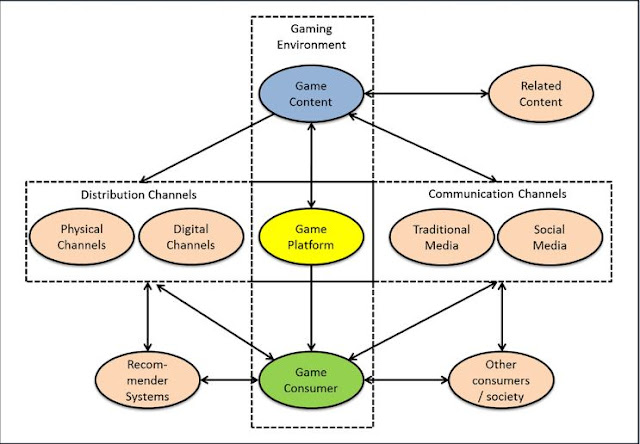Analysis
Reading 04
First of all, I would like to add some links of articles I believe would be useful to me, but it appears that you must purchase them to be able to read all the paper.
https://www.tandfonline.com/doi/full/10.1080/15252019.2010.10722169?needAccess=true
This is the first paper I found which caught my attention. I registered and made an account on the website, but it seems you still have to pay for the full article. If anyone is familiar with the webpage and knows a way to read full articles without purchasing them, please let me know.
This is the next reading which
appeared useful to me.
https://www.sciencedirect.com/science/article/pii/S1094996813000170
Using the three-step method I
began to read through the paper.
From reading the abstract and skimming through headings and sub - headings I believe that this reading is one that will prove valuable to my research and work over the next couple of weeks. I know from reading the abstract that the author discusses what creates value in video games. I also know that the author develops a conceptual framework of value creation through video games. This tell me that this reading is analytical. Another thing I know about this reading from my first look through it is that the author uses their findings to provide future research opportunities.
The reading begins by discussing the enormous growth of the video game industry over the past 25 years. The value of video games has rapidly grown and has become a massive industry. "Sales of so-called virtual goods within games generated an additional $14.8 billion in 2012. These totals are about five times higher than global music revenues ($16.5 billion in 2012), higher than book sales ($69.4 billion in 2011), and similar to movie revenues ($85 billion in 2011)." Andre Marchand. (2013) 'Value Creation in the Video Game Industry: Economics, Consumer Benefits, and Research Opportunities' 27 (3), p. 1. This clearly highlights how the video game industry is currently the fastest and most appealing industry there is.
The author comes up with a
conceptual framework to determine how value is generated in the video game
industry. The framework specifies the constituent’s relationship which includes
key players, products and channels. The framework also recognizes the important
roles of three particular institutions. The first being the link to other
entertainment industries like movies. The second is basically that the value of
games is dependent on the technological infrastructure. Lastly, the impact
consumers have on the individual’s opinion of the games value.
 |
| Conceptual Framework |
Also, in this reading the author asks the questions, "Who Plays?", and "Why do they play?". I understand how asking and answering these questions will prove valuable to the marketing of a video game. To answer the question who plays games, the average age of console game consumers in the United States is 37 years and 42% of players are women. Approximately three quarters of American household spend money on games today (TheEconimist 2011).
Like most pieces I have read the author begins by mentioning the huge growth in the video game industry. Throughout, the author discusses the difficulty of advertising in a fantasy game. This makes perfect sense as you are more likely to see a real life advertisement in a game that is meant to replicate real-life and not fantasy. This is why congruity is important when it comes to in game advertisement. Studies show that IGA congruity exerts positive effects on players' attitudes and behavior towards the advertisements and the advertised brands and products, whist incongruent IGA results in negative effects and may not lead to the avoidance of games that include IGA.(Chang et al., 2010, Huang and Yang, 2012, Lee and Faber, 2007, Nelson et al., 2004). Results also found that players are more likely to react positively to advertisements if they are related to the context of the game.



Comments
Post a Comment